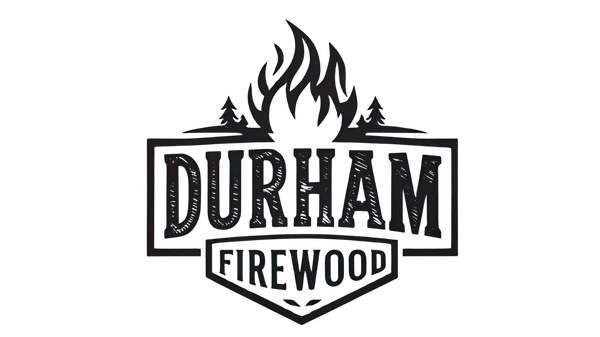Cool Scientific Facts for Kids About Fire and Firewood

Fire is one of nature’s most fascinating forces! It’s a chemical reaction, and firewood plays a big role in how it burns. Here are some cool science facts that are safe and fun for kids to learn.
1. Fire Is a Chemical Reaction
When wood burns, it reacts with oxygen in the air to create heat, light, carbon dioxide, and water vapour. This process is called combustion. That’s why a fire produces warmth and glowing flames!
2. Moisture Matters
Firewood with too much water doesn’t burn well because energy from the fire is used to evaporate the water. Dry, seasoned wood (around 12–20% moisture) burns hotter and cleaner, that’s basic physics at work!
3. Flames Have Different Colors
Flames aren’t always just orange or yellow! Different colors appear because of the temperature and chemicals in the wood. Hotter flames are usually blue or white, while cooler flames are yellow or red. Even minerals in the wood can make sparks of green or purple!
4. Different Woods Burn Differently
Hardwoods like maple and ash are denser, so they burn longer and hotter than softwoods. This is because they contain more energy per piece of wood, it’s like having a battery that lasts longer!
5. Fire Changes the Wood
When wood burns, chemical bonds in the cellulose and lignin break down. It turns into heat, light, smoke, and ash, a real-life example of energy transformation!
The Bottom Line
Kids can explore combustion, energy, flame colours, and density while watching fire safely with an adult. Firewood is a natural way to learn about physics and chemistry in the real world.
Thanks for exploring the science of fire with us!
